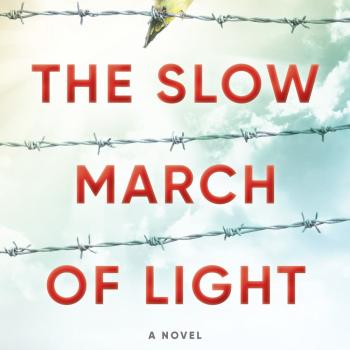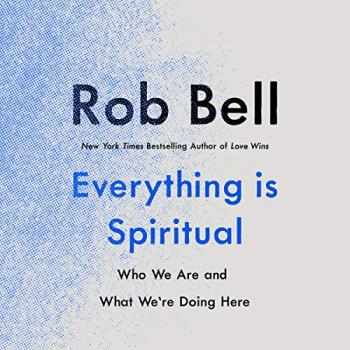 By J. Peter Nixon
By J. Peter Nixon
Book Review: My Journal of the Council by Yves Congar, OP (Liturgical Press)
At a recent Mass marking the 50th anniversary of Vatican II, Pope Benedict gave a homily that returned to a major theme of his pontificate: the need to interpret the Council in continuity with the Church’s doctrinal tradition. “The Council did not formulate anything new in matters of faith,” stated Benedict, “nor did it wish to replace what was ancient. Rather, it concerned itself with seeing that the same faith might continue to be lived in the present day, that it might remain a living faith in a world of change.”
As a statement about the Council’s general orientation, this is surely correct. Taken out of context, however, it could convey the impression that the Council was a somewhat quiet affair where the bishops gathered for genteel discussions in a seminar room.
Such an impression would be at odds with the portrait of the Council that emerges from the new English translation of My Journal of the Council, the diary of Fr. Yves Congar, OP, one of the giants of 20th century Catholic theology. As a peritus (a theological consultant) at the Council, Congar was deeply involved in the public debates and private conflicts that shaped the Council’s final documents, large sections of which he ended up writing.
Such an outcome could not have been foreseen even ten years earlier, when Congar’s writings on ecumenism and church reform were viewed negatively by the Church’s doctrinal authorities in Rome and made subject to censorship. After the election of Pope John XXIII in 1960, Congar’s restrictions were eased somewhat and he was appointed to a committee preparing texts for consideration by the Council.
Congar was frustrated with the texts’ dry scholasticism, their focus on condemning various “errors” and their limited ecumenical vision. It led him to assume the Council would accomplish little of substance. After the Council Fathers convened in October 1962, however, they quickly wrested control of the Council’s process away from the curial bureaucracy, demanding the right to elect their own members to the Council’s commissions. Those commissions subsequently rejected the prepared texts and began to develop new ones.
From that moment on, Congar was almost crushed by the weight of the demands that were placed on him. His journal reveals a man constantly in motion: meeting with bishops, giving talks to seminarians, drafting texts, and trying to keep up with an increasingly voluminous correspondence. His amazing productivity is all the more striking because Congar was almost disabled by a form of sclerosis that left him deeply fatigued and in almost constant pain. He writes over and over that he doesn’t see how he can continue. And yet he did.
Congar would certainly have agreed with Pope Benedict that Vatican II was no break with the Church’s great tradition. The theology Congar espoused and contributed to the Council’s documents drew deeply from patristic sources and the undivided Church of the first millenium. His passion for ecumenism was grounded in the belief that united Christians would be more effective witnesses for a Jesus who willed that “they be one” (Jn 17:22).
But Congar’s Church was also an ecclesia semper reformanda, one that must constantly struggle to free itself from what he called the “seigneurial and temporal pretensions” it inherited from the Roman Empire and Renaissance prince. Congar wanted a Church that would embrace the poverty and simplicity of its founder. Much of that work remains to be done. Indeed, it will never end.
For more conversation on My Journal of the Council, visit the Patheos Book Club here.
J. Peter Nixon is a journalist and essayist whose work has appeared in America, Commonweal, and U.S. Catholic. He lives with his family in the Diocese of Oakland.












